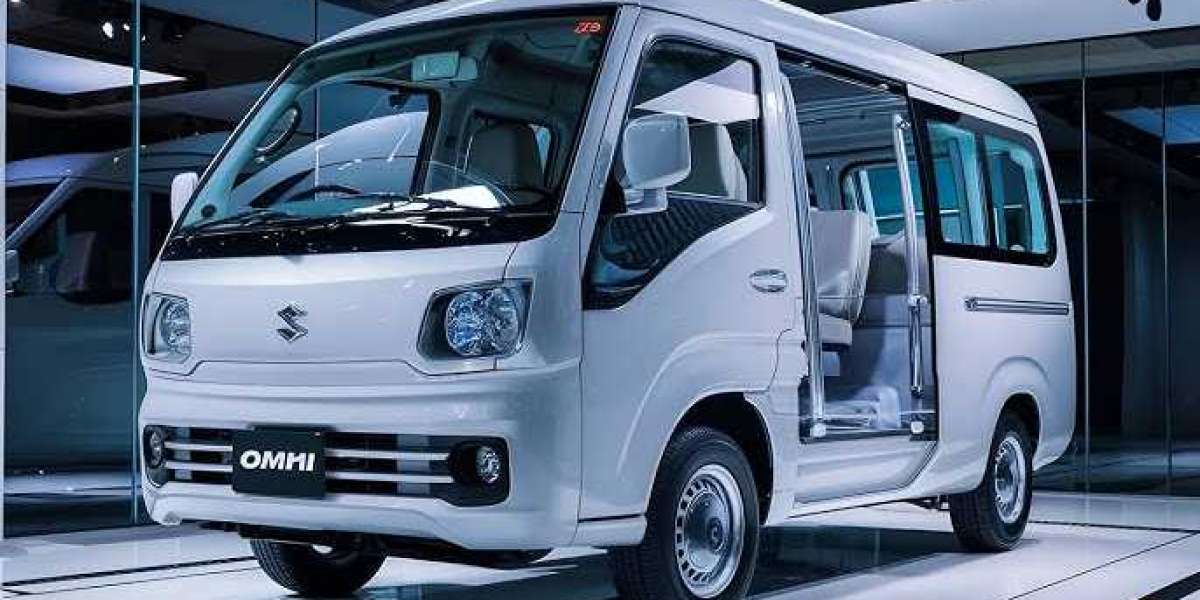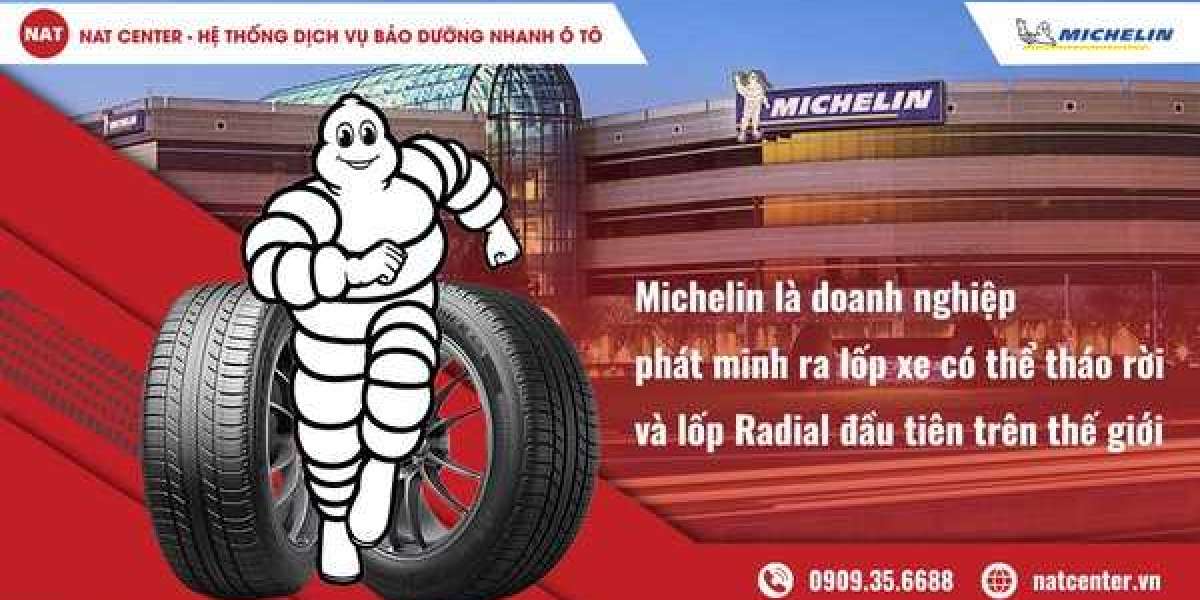The Maruti Suzuki Omni was introduced as the second vehicle in Maruti Suzuki’s lineup, following the Maruti 800 city car. Powered by the same 796cc inline-three petrol engine, the Omni delivered a modest 34.7 PS and 59 Nm of torque, paired with a four-speed manual transmission. Its rear-wheel-drive configuration and lightweight design made it an efficient and practical choice for a variety of applications. The van’s boxy, utilitarian design was inspired by the Suzuki Carry, a kei truck popular in Japan, but tailored to meet the diverse needs of the Indian market.

The Omni’s initial variants were basic, often lacking features like a fan blower opening in the dashboard. Over time, it evolved to include variants such as the Omni E (8-seater microbus, 1996), Omni XL (higher roof, 1999), Omni Cargo LPG (2004), and Omni LPG (2003), catering to both passenger and commercial needs. Its affordability, with prices ranging from ₹2.08 lakh to ₹3.07 lakh at the time of discontinuation, made it accessible to a wide range of buyers.
Design and Features
The Omni’s design was unapologetically functional. Measuring 3,370 mm in length, 1,475 mm in width, and 1,640 mm in height, with a wheelbase of 1,840 mm and a ground clearance of 165 mm, it was compact yet surprisingly spacious. The sliding doors and box-like shape made it ideal for navigating crowded urban streets and loading/unloading goods or passengers. Its 12-inch cross-ply tires and simple suspension setup ensured easy maneuverability, though the ride quality was basic.
The interior was spartan, with a focus on practicality. Early models featured minimalistic dashboards, while later updates in 1998 and 2005 introduced new headlamps, a revised front bumper, dual-tone upholstery, cup holders, and a lockable glove box. Variants like the ambulance trim included specialized features such as a stretcher stand, ECG machine support, and a siren. Despite its simplicity, the Omni’s fuel efficiency—ranging from 10.9 to 19.7 kmpl—made it economical for both personal and business use.
Cultural Impact and Versatility
The Maruti Suzuki Omni was more than just a vehicle; it was a cultural icon in India. Known as the “half loaf” for its breadbox-like shape, it served a multitude of roles: school van, taxi, ambulance, cargo carrier, and even a family vehicle for rural households. Its versatility made it a favorite among small business owners, government agencies, and families needing an affordable, spacious transport solution. The Omni’s ability to carry up to eight passengers or significant cargo, combined with its low maintenance costs (₹2,159.5–₹3,165 annually), ensured its widespread adoption.
The Omni’s popularity was evident in its sales figures, with 6,500 to 7,000 units sold monthly even in its final years, culminating in nearly 2 million units sold over its lifetime. Its reliability and availability of spare parts through authorized service centers and local markets further cemented its status as a dependable workhorse. Owners often praised its accessibility, fuel efficiency, and ease of parking, though many noted the lack of modern safety features and creature comforts as drawbacks.
A Unique Transformation: The Holy Shift Battle Van
One of the most remarkable stories associated with the Suzuki Omni is its transformation by India’s Holy Shift Garage into the “Suzuki Omni Battle Van.” In 2020, the garage took a dilapidated Omni and reimagined it as a post-apocalyptic off-road beast. Stripped to its bare shell, the van received a new engine, transmission, suspension, and rear axle, along with an exterior roll cage, matte gray paint, Maxxis Trepador knobby tires, a roof rack with an LED light bar, a bullbar, and jerry cans. This one-off masterpiece, featured on PowerDrift, showcased the Omni’s potential for creativity and customization, turning an ordinary microvan into a rugged, movie-inspired icon.
Discontinuation and Legacy
In April 2019, Maruti Suzuki discontinued the Omni after 35 years of production due to its inability to meet India’s updated Bharat New Vehicle Safety Assessment Program (BNVSAP) norms. The flat-front design lacked crumple zones, and retrofitting safety features like airbags, ABS, seatbelt reminders, and rear parking sensors was deemed too costly. The Maruti Eeco, with enhanced safety features and a more powerful 1.2-liter engine, became its successor, though it carried a higher price tag starting at ₹3.55 lakh.
Despite its discontinuation, the Omni remains a beloved vehicle in India’s second-hand market, with used models available from ₹70,000 to ₹5.7 lakh. Its legacy endures through its role as a pioneer in the multi-utility vehicle segment and its unmatched versatility. Owners fondly recall its reliability, with some, like a journalist who owned an Omni for 20 years, praising its ability to handle diverse tasks—from transporting jackfruit to serving as a family hauler for long trips.
Conclusion
The Maruti Suzuki Omni was more than just a microvan; it was a symbol of practicality, affordability, and adaptability. Its boxy design, modest engine, and no-frills approach made it a staple in Indian households and businesses for over three decades. From its humble beginnings to its creative transformations like the Holy Shift Battle Van, the Omni proved that even the simplest vehicles could leave a lasting impact. While it may no longer be in production, its legacy as India’s original multi-purpose vehicle continues to resonate, making it a true automotive icon.








